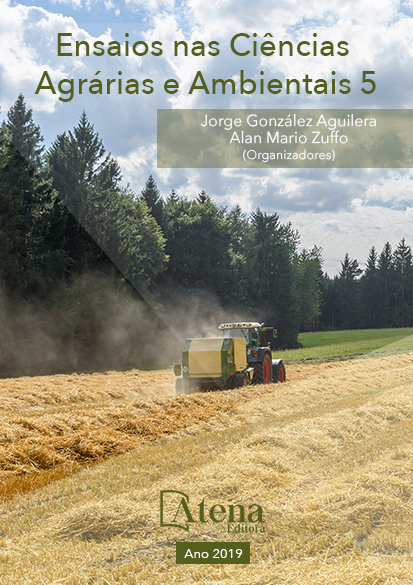
PROJETO LEITENERGIA: UM MODELO DE PRODUÇÃO DE BIOGÁS E ENERGIA DE ORIGEM DE RESÍDUOS DE ANIMAIS E SUBPRODUTOS DA AGROINDÚSTRIA: NO SUDOESTE DO PARANÁ
O projeto Leitenergia é uma parceria
entre a Região Autónoma da Friuli Venezia
Giulia (RAFVG), o Centro de Ecologia Teórica
e Aplicada (CETA), a Prefeitura Municipal
de Cruzeiro do Iguaçu – PR, a Universidade
Tecnológica Federal do Paraná (UTFPR) e
a Empresa PIN & PIN LTDA. Que tem como
objetivo apresentar um modelo de manejo
ambientalmente correto dos resíduos de
bovinos, suínos e aves e da indústria de
laticínios, transformando esses resíduos em
energia. Por meio da transferência de tecnologia
funcional, o projeto contou com uma ferramenta
de apoio proposto pela RAFVG, um software.
Com este estudo identificou-se a viabilidade
de aplicação do modelo proposto em estudo
de caso para a produção de energia a partir de
biomassa residual (estrumes, chorumes) e do
setor de laticínios (soro), através da conversão
em biogás para abastecer uma central de
cogeração para a produção simultânea de
eletricidade e energia térmica.
PROJETO LEITENERGIA: UM MODELO DE PRODUÇÃO DE BIOGÁS E ENERGIA DE ORIGEM DE RESÍDUOS DE ANIMAIS E SUBPRODUTOS DA AGROINDÚSTRIA: NO SUDOESTE DO PARANÁ
-
DOI: 10.22533/at.ed.41419160123
-
Palavras-chave: Recursos naturais, energias renováveis, viabilidade.
-
Keywords: Natural resources, renewable energies, viability
-
Abstract:
The Leitenergia project is a
partnership between the Autonomous Region
of Friuli Venezia Giulia (RAFVG), the Center
for Theoretical and Applied Ecology (CETA),
the Municipality of Cruzeiro do Iguaçu -
PR, the Federal Technological University of
Paraná (UTFPR) and the Company PIN & PIN
LTDA. The objective is to present a model of
environmentally correct management of bovine,
pork and poultry waste and of the dairy industry,
transforming this waste into energy. Through
the transfer of functional technology, the project had a support tool proposed by the
RAFVG, a software. This study identified the feasibility of applying the model proposed
in a case study for the production of energy from residual biomass (manure, slurry)
and the dairy industry (whey), by converting to biogas to supply a power station of
cogeneration for the simultaneous production of electricity and thermal energy.
-
Número de páginas: 15
- Carila Tiele Valendolfe Costa


